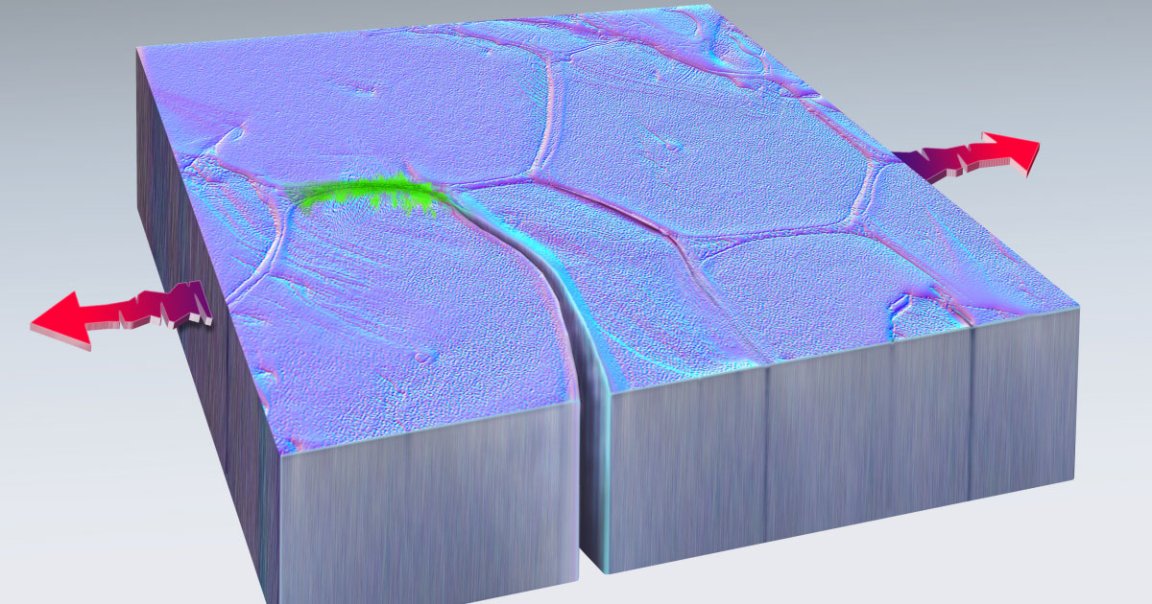
Heal Turn
Scientists at Texas A&M University were stunned when a piece of metal appeared to heal itself before their eyes.
While tugging at a 40-nanometer-thick piece of platinum inside a vacuum 200 times a second, the team observed how the material could mend itself under an electron microscope.
They claim it’s the first time we’ve ever witnessed a piece of metal crack and then fuse back together by itself, a fascinating new phenomenon on its own, but also one that could “usher in an engineering revolution,” according to a press release — that is, if we can figure out a way to harness it.
Crack in Action
Under repeated pressure, machines tend to wear out over time due to stresses that can cause microscopic cracks, which eventually grow and cause the device to fail.
But the new finding suggests that metals may have a secret way to heal themselves, negating these microscopic fractures.
“What we have confirmed is that metals have their own intrinsic, natural ability to heal themselves, at least in the case of fatigue damage at the nanoscale,” said Texas A&M University materials scientist Brad Boyce, co-author of a new paper published in the journal Nature, in the statement.
“This was absolutely stunning to watch first-hand,” he added.
Break Dance
If we could ever find a way to harness this effect, the implications could be huge.
“From solder joints in our electronic devices to our vehicle’s engines to the bridges that we drive over, these structures often fail unpredictably due to cyclic loading that leads to crack initiation and eventual fracture,” Boyce explained, adding that these material failures “is measured in hundreds of billions of dollars every year for the US.”
Boyce and his colleagues suggest a process called “crack flank cold welding” could be behind the phenomenon. But finding ways to harness this self-healing ability could prove extremely difficult. Plenty of unknowns remain and we still don’t know if these findings are generalizable.
“We show this happening in nanocrystalline metals in vacuum,” Boyce said. “But we don’t know if this can also be induced in conventional metals in air.”
It’s nonetheless an unexpected new finding in the field of materials science — and one that goes to show how much there still is to learn.
More on metal: Scientists Discover Gigantic Solid Metal Ball Inside the Earth’s Core